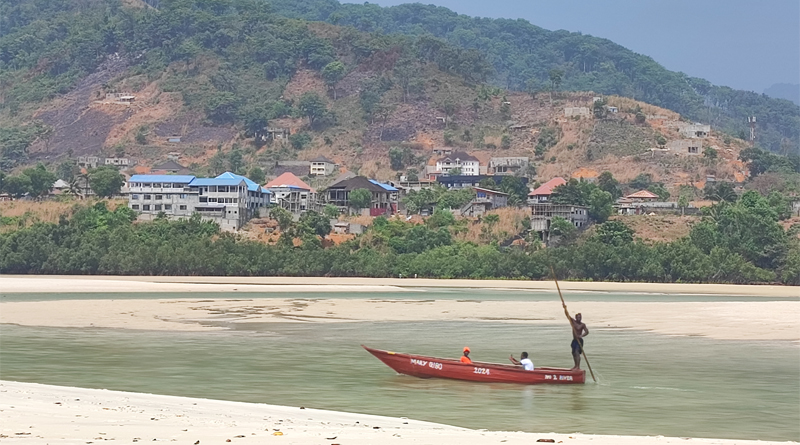VISITING SIERRA LEONE
Sierra Leone, on the West coast of Africa, is just starting on the modern tourism journey, opening its doors to foreign visitors, hoping this will boost the economy and help people out of poverty.
This means that the tourism infrastructure is still in its infancy. But that doesn’t mean it’s not a fascinating place to visit. Sure, if you’re looking for top end hotels, luxurious spas, and air-conditioned tours, you may be disappointed, but if you like adventure, enjoy going off the beaten track and are willing to keep things basic, then now is the time to be a travel pioneer and head for Sierra Leone.
Flights land at Lunghi International Airport, which is clean and modern. From here you can either take a taxi the 170km ride into Freetown (the capital), or pop across the water on the local ferry (cheap but not frequent) or one of the fast sea coach boats (more pricey, but faster, modern, and very regular). We opted for the latter, which you can pick up at the airport. Their departures are timed to coincide with the flights and there will be plenty of people around encouraging you to sail with them, so no need to book or plan in advance.
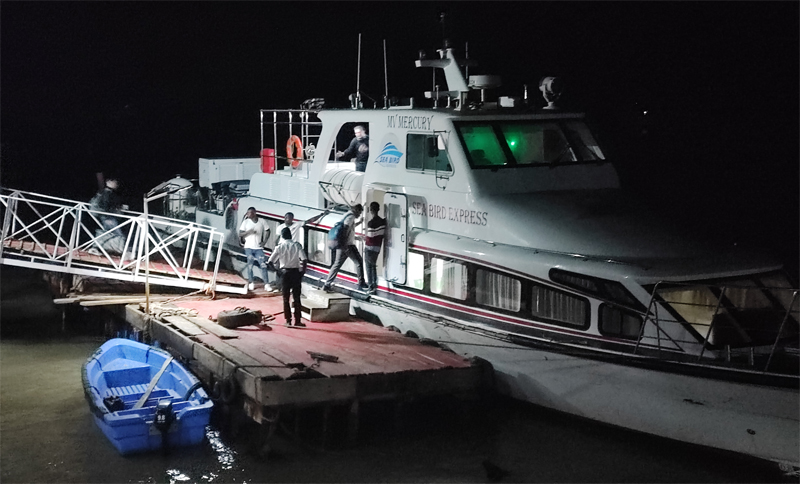
Once in Freetown there is a good range of hotels to choose from. They aren’t particularly cheap, and the quality is average, but you’ll get western conveniences and you’ll be in the centre of things.
One place that is a ‘must see’ on the edge of the city is Tacugama, a chimpanzee sanctuary located in the Western Area Peninsula National Park. You can take a tour and see the work of the Sanctuary and meet some of the chimps – from a distance. This is a not a cuddles and selfies place. Their focus is entirely on the welfare of the chimps and creating a natural life for them, not exploiting them for social media ‘likes’. If you fancy staying within the forest, with the sounds of the chimps around you, then booking a few nights in one of their eco-lodges is a good choice. Painted in bright colours, and hidden among the trees, the lodges allow you to soak up the tranquillity of the forest.
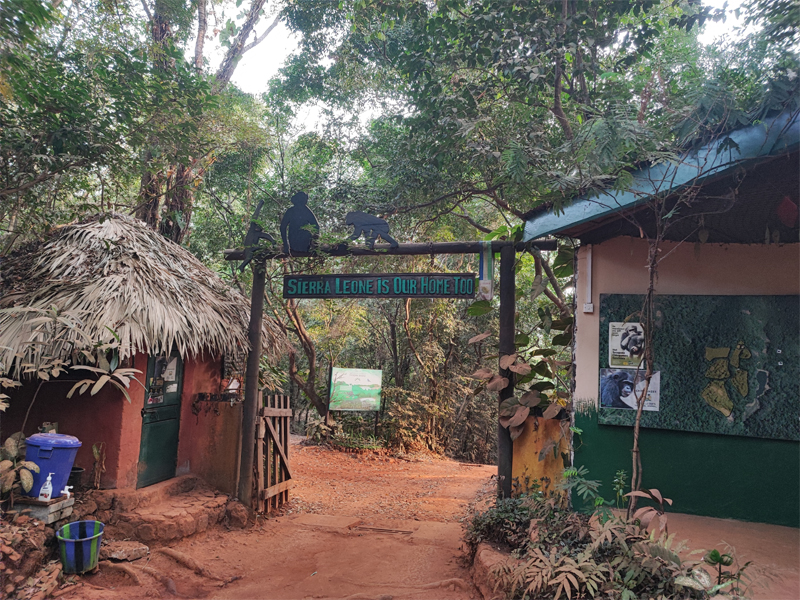
From Tacugama there are hiking trails to explore with forest guides who can accompany you to ensure you don’t get lost or wander somewhere you shouldn’t. On one of our hikes we stumbled across an illegal hunter, but our guide Bockarie handled the situation calmly and skilfully, confiscating the weapon and sending him on his way without any fuss.
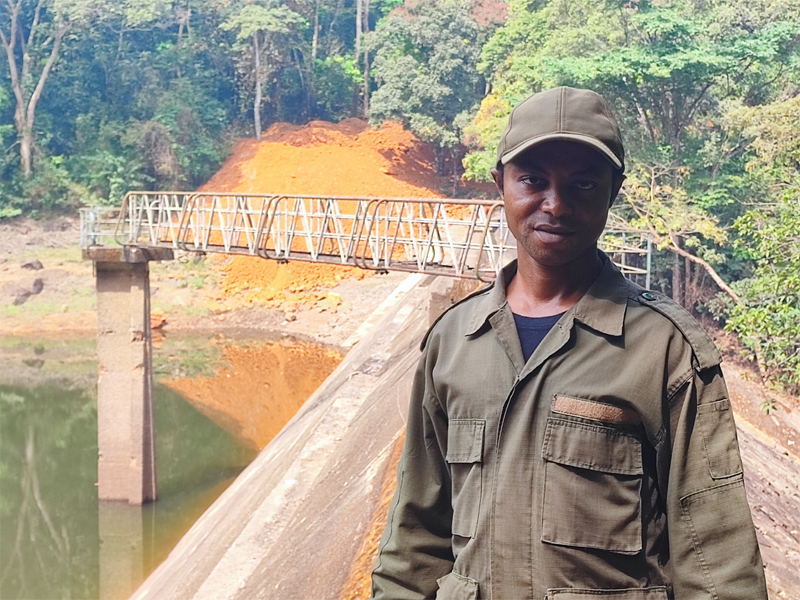
Whether you choose to base yourself in the centre of Freetown or you opt for the quieter surrounds of Tacugama, spending time in the city is a must. Book yourself a guided tour to ensure you get a real feel, and an understanding, of the place.
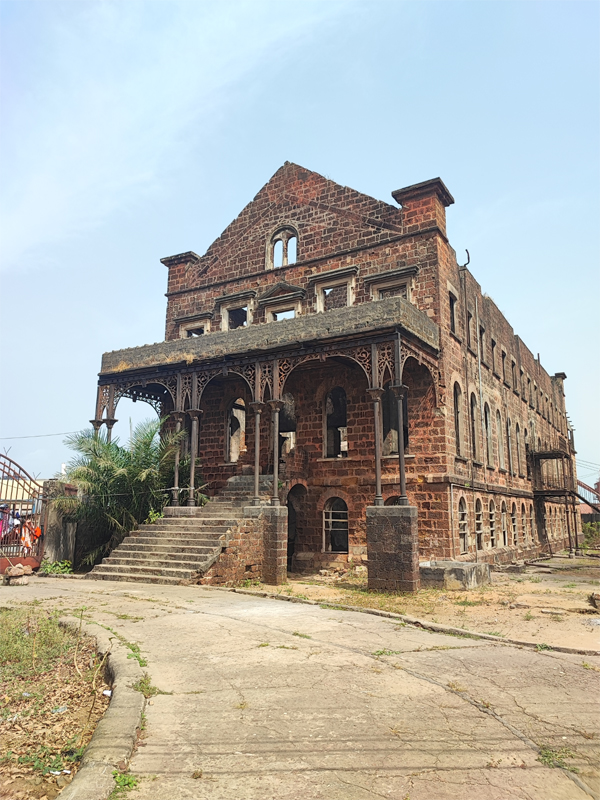
Our guide Peter Bassie, from Tourism is Life, took us to the main sights including, the Sierra Leone National Museum where you can see a number of artefacts from the country’s history; the St John Maroon Church, built by the Maroons who were descendants of the Kingdom of Ashanti peoples and were originally enslaved in Jamaica. Many escaped the plantations and rioted against the British, who deported them Nova Scotia, then onto Sierra Leone where they rapidly became an influential group in politics and economics building the iconic Church in 1822; the Sierra Leone Peace and Cultural Monument with its wall of frescos that tell the story of the country; the Cathedral where Queen Elizabeth signed the ‘visitors’ book during her visit in 1961; the modern University and its sprawling grounds with views over the city and the harbour; Regent Street, known locally as Nigerian Street as it is mostly populated by Nigerians who specialise in retail, meaning you can buy almost anything you need here, which makes it very popular with locals; and the ruins of the very first University ever built in West Africa. The red brick architecture, dating back to 1827 is still beautiful despite its dilapidations. There are plans afoot to renovate the building which was badly damaged during the country’s 11-year Civil War.
The tour also takes in the historic King Jimmy Bridge on Wallace-Johnson Street in the Peters Creek area of Freetown which collapsed in 2013 killing many of the people who were squatting underneath it; the court building; the tallest building (the City Council); Victoria Park; and the Big Market. This is, as the name implies, a large undercover market selling a variety of crafts, from colourful printed fabrics to beautiful fans (you’ll definitely benefit from having one of these, Sierra Leone can be very hot), to wooden carvings and beaded necklaces. It’s also a good place to change money and you’ll get a better rate here than in the supermarkets and banks.

Sierra Leone’s recent history has been tough; 11 years of Civil War, and then an ebola outbreak in 2014. But the people aren’t letting that stop them. That’s the past – and they are firmly looking toward to the future. Although our guide Peter, was fascinatingly candid about his experiences during the Civil War. He was captured by the Junta as a youngster and forced to fight. But as the youngest of his group, he was also treated as the ‘dog’s body’. These groups would regularly raid villages, and when the inhabitants knew they were coming they would hide. But one person would need to stay behind, as if there was no one there the soldiers would hunt for the hidden people, but with one person they could slate their thirst for violence and force this person to give them the food. On one occasion this happened, the group came to a village to find an old man cooking, so they killed him and took his food. Peter, as the lowest ranking member, was forced to go on all fours and act as a table so his comrades could eat. This saved his life. The food was poisoned.
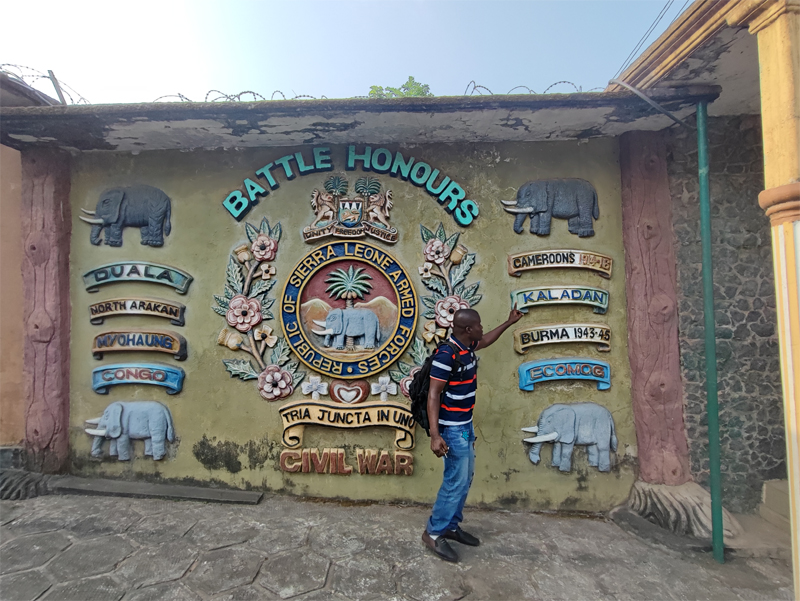
If you are a nature lover, then you need to visit the famous Cotton Tree. Although after a recent storm it isn’t quite as majestic as it used to be, it is still an historic site well worth visiting. Thought to be over 400 years old, it was already a mature tree prior to the foundation of Freetown and there are records of its existence in 1787 when settlers from Britain came to the peninsula. Nearby you can see dozens of large fruit bats hanging in the trees – they are a mesmerising sight!
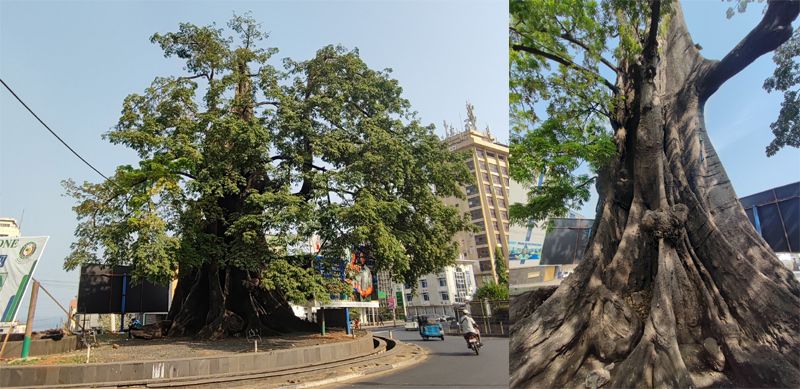
Lumley Beach is also a must. If you’d like an evening by the sea, sipping cocktails and enjoying a pizza and ice cream, then this is the place to go. Lots of the ex-pats hang out here, hence the preponderance of western food on offer. That said, there is something lovely about listening to the waves as you enjoy a fruity drink.
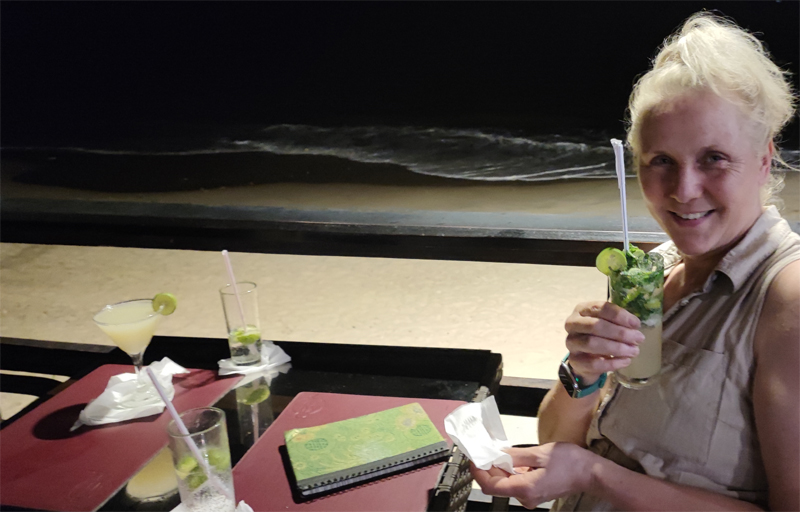
And for a daytime beach experience, head to River Number 2 Beach. Again, you’ll see a lot of ex-pats here, but don’t let that put you off. The beach is a long sandy stretch, with a ‘2’ shaped river feeding into the ocean. The water is clear and warm making it a great place to hang out on a hot afternoon. As the evening nears, the place really starts to fill up and the party vibe erupts.

Getting around Freetown is relatively cheap and simple. Hotels can book taxis for you, or you can hail a KeKe (think TukTuk). Agree your price first, then sit back and watch the city whizz by.
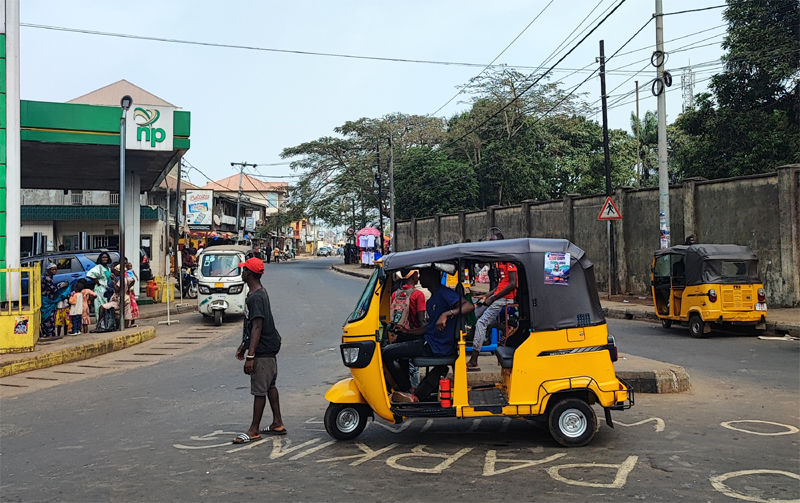
Freetown is the perfect place to start your Sierra Leone adventure, it has a bustling vibe, is easy to get around, it’ll help you acclimatise and from here you can head out to see the rest of this fascinating country.
FACT BOX
Tacugama – tacugama.com
Tourism is Life – tourismislife.com/freetown-peninsular
ABOUT THE AUTHOR
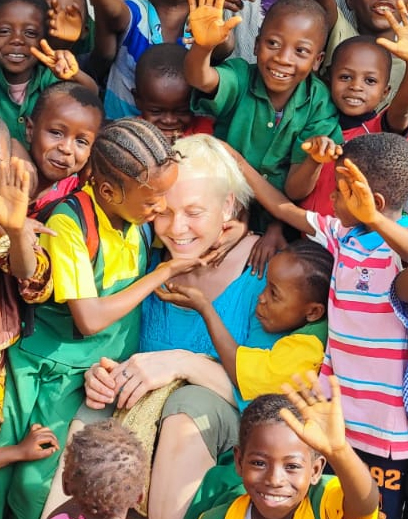 Chantal Cooke is an award-winning journalist and broadcaster and co-founder of PASSION for the PLANET.
Chantal Cooke is an award-winning journalist and broadcaster and co-founder of PASSION for the PLANET.
Chantal is passionate about tourism being used as a force for good.
You can follow her adventures on Facebook and Twitter @chantalcooke and on Instagram @Chantaldcooke

